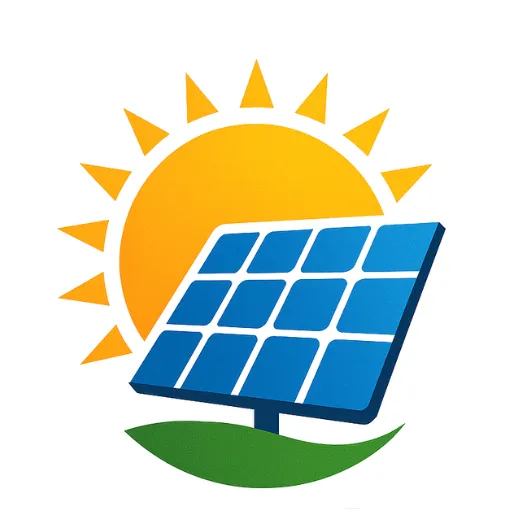When choosing solar panels, most people focus on efficiency, cost, and warranty. But there’s another lesser-known factor that can significantly impact solar performance the temperature coefficient. Understanding this technical term can help you make smarter decisions for your solar energy system, especially in hot climates like India, the Middle East, or southern parts of the USA.
What Is Temperature Coefficient in Solar Panels?
The temperature coefficient indicates how much a solar panel’s efficiency drops when the temperature increases. It’s measured in % per °C (percent per degree Celsius).
For example, if a solar panel has a temperature coefficient of -0.4%/°C, it means the panel’s power output decreases by 0.4% for every degree Celsius above 25°C the standard testing temperature.
Why Does Temperature Matter in Solar Energy?
While solar panels need sunlight to generate electricity, excessive heat can reduce their performance. As the temperature rises, the voltage output of the panel decreases, reducing the total energy produced.
Let’s say your solar panel is rated at 300W and has a temperature coefficient of -0.4%/°C. On a hot day when the panel reaches 45°C, the output would drop by:
(45°C - 25°C) x 0.4% = 8% loss
So, 300W becomes 276W a noticeable drop in efficiency.
Which Solar Panels Have Better Temperature Coefficients?
Different solar technologies have different coefficients:
- Monocrystalline panels: Around -0.35% to -0.45%/°C
- Polycrystalline panels: Typically around -0.4% to -0.5%/°C
- Thin-film panels (like CdTe): Much lower, around -0.2%/°C, making them better for very hot regions
This means thin-film solar panels perform better in high-temperature environments, though they usually have lower efficiency overall.
How to Optimize Solar Output in Hot Climates?
- Choose panels with lower temperature coefficients
- Ensure proper air circulation beneath rooftop panels
- Install panels at an angle to reduce heat build-up
- Avoid dark-colored rooftops which trap more heat
Conclusion
The temperature coefficient is not just a technical spec it’s a real-world performance indicator. If you live in a hot area, this number can directly affect how much power you generate and how quickly your solar investment pays off. Next time you compare panels, look beyond efficiency and price check that temperature coefficient too!
Read More:

